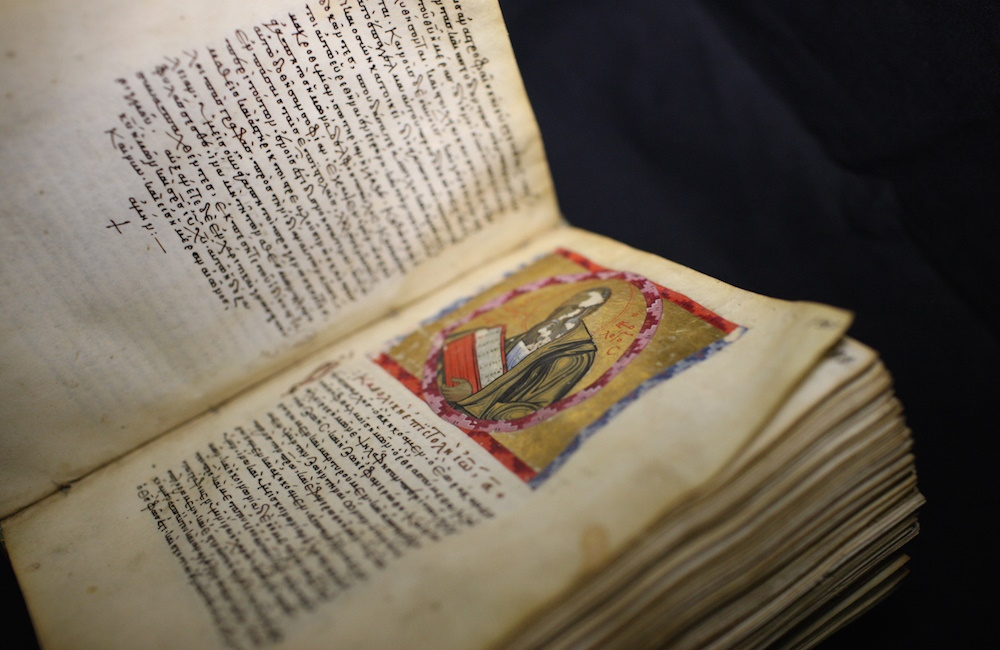Introduction
The preservation of the New Testament is a remarkable narrative that highlights the significance of early manuscripts in maintaining the integrity of ancient texts. Often cited as one of the best-preserved ancient works, the New Testament boasts a vast collection of manuscripts—over 5,800 Greek manuscripts and approximately 25,000 in various other languages, including Latin, Syriac, and Coptic. This extensive manuscript tradition provides a rich foundation for textual analysis and understanding of early Christian writings.
Manuscript Evidence
The New Testament’s manuscript evidence is unparalleled among ancient texts. The earliest known manuscript, the Rylands Library Papyrus P52, dates to around 125 CE, placing it remarkably close to the original writings from the 1st century. This proximity in time is critical for scholars aiming to reconstruct the original text. Additionally, the New Testament encompasses various types of manuscripts, including papyrus, uncial, and minuscule texts.
Papyrus manuscripts, the earliest and most valuable, often date from the 2nd and 3rd centuries. Uncial manuscripts, which are written in capital letters, were produced from the 4th to the 9th centuries. Minuscule manuscripts, featuring a cursive writing style, primarily date from the 9th century onward. This diverse array of manuscripts aids scholars in cross-referencing texts and identifying variations, thus enabling a clearer picture of how the New Testament has been transmitted over time.
The Importance of Early Manuscripts
The first 500 manuscripts, particularly those created before AD 500, hold significant importance for textual scholarship. These manuscripts are closest in time to the original writings and serve as vital resources for reconstructing the New Testament text. They allow scholars to compare different versions and understand how the text evolved through copying and translation.
Despite the inevitable variations that arise in any manuscript tradition, the sheer number of surviving New Testament manuscripts contributes to a high degree of confidence in reconstructing the original text. While some variations are minor, such as spelling differences, others can be more substantial. Nevertheless, the extensive manuscript evidence enables scholars to analyze these differences rigorously, determining which readings are most likely original.
The Process of Preservation
The preservation of the New Testament was facilitated by a continuous process of copying and transmission. Scribes meticulously copied texts by hand over the centuries, ensuring that the writings were passed down through generations. This careful transmission was particularly important in the early Christian community, where the teachings and letters of apostles were revered and sought after.
Translations into various languages also played a critical role in the preservation of the New Testament. As Christianity spread across different regions, the need for accessible texts grew. Translators worked diligently to render the New Testament into languages such as Latin and Syriac, further safeguarding its teachings and allowing diverse communities to engage with the text.
The early Christian church also contributed to the preservation process through the development of canonical lists. By identifying authoritative texts, church leaders ensured that certain writings were prioritized for copying and dissemination. This emphasis on specific texts meant that the New Testament writings received greater attention, enhancing their preservation.
Comparisons with Other Ancient Texts
In comparison to the New Testament, several other ancient texts have also survived well, though none with the same degree of manuscript evidence. For instance, Homer’s Iliad is one of the most well-preserved non-religious texts, with over 1,800 manuscripts. The earliest copies of the Iliad date to around the 10th century CE, nearly 1,700 years after its original composition around 700 BCE. Despite this significant time gap, the text remains remarkably consistent.
Virgil’s works, including the Aeneid, have hundreds of surviving manuscripts, with the earliest dating from the 4th century CE. However, this is still several centuries after the original text was written. Similarly, Tacitus’s Annals has only two complete manuscripts, dated from the 9th and 11th centuries, making its preservation less robust compared to the New Testament.
Conclusion
The New Testament stands out as one of the best-preserved ancient texts due to its extensive manuscript tradition, early evidence, and broad transmission across different languages and cultures. The meticulous work of scribes, the role of translations, and the establishment of canonical texts all contributed to its preservation. While other ancient works, like the Iliad and Virgil’s writings, are also significant, the New Testament’s unique combination of quantity, early dating, and historical context underscores its importance in understanding early Christian thought and the development of religious texts.
